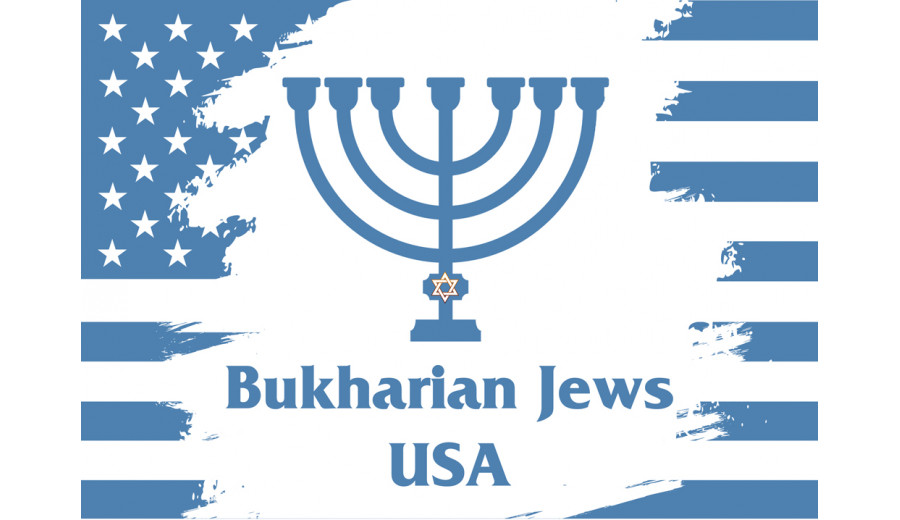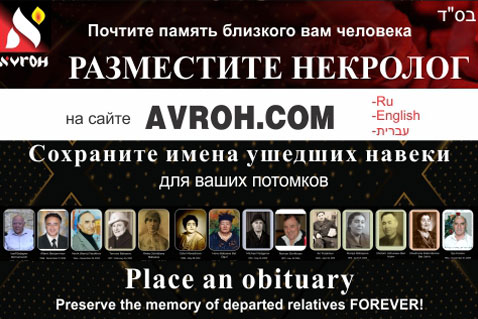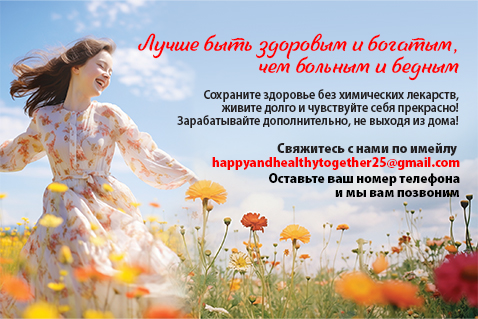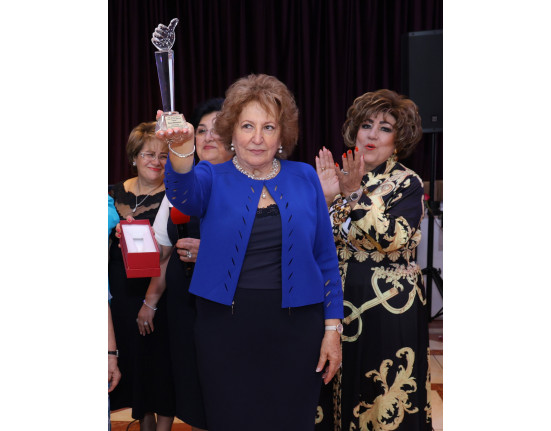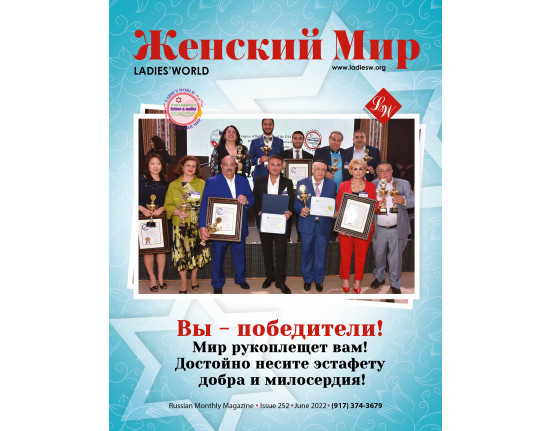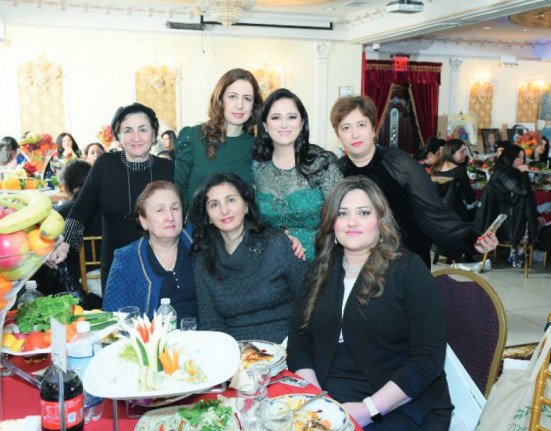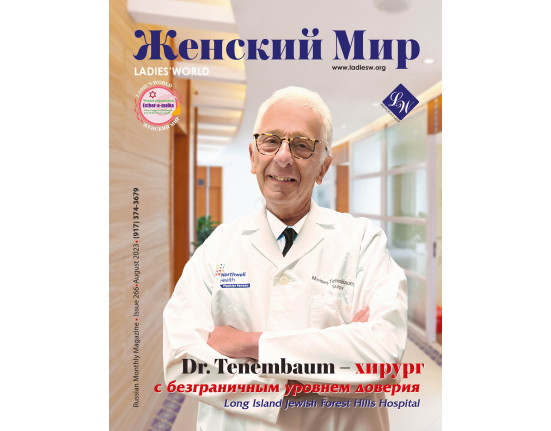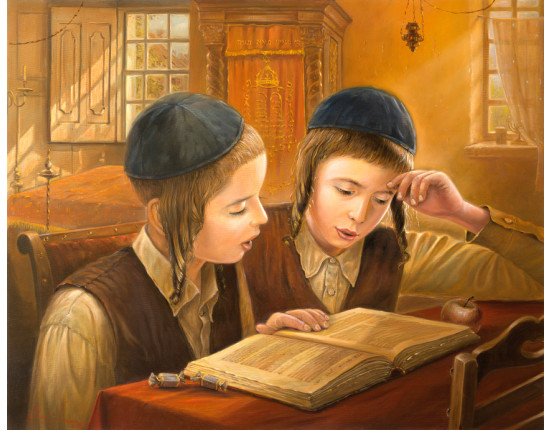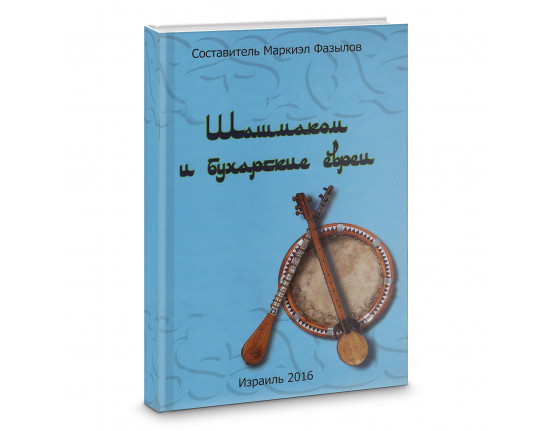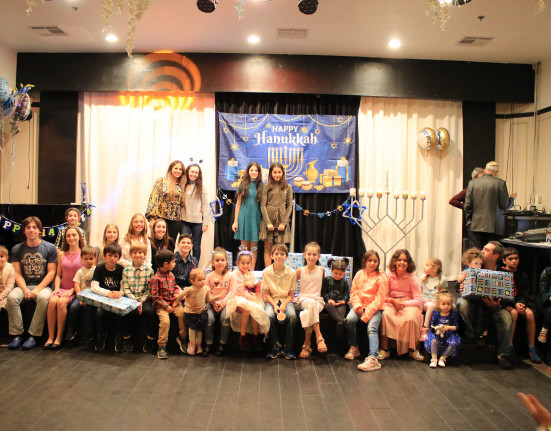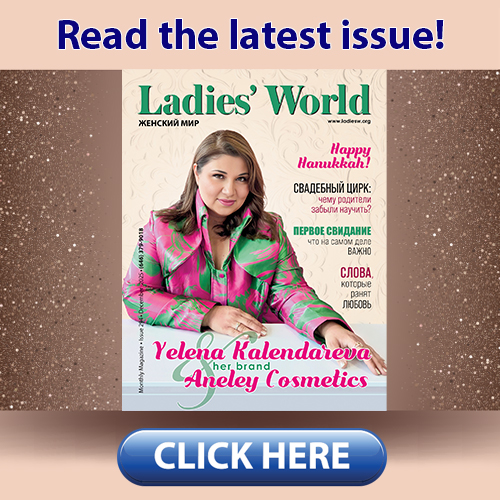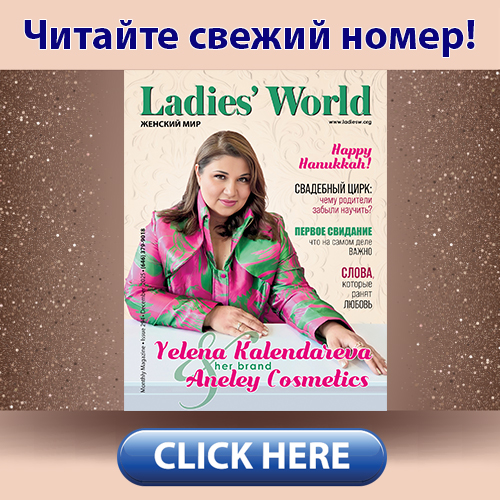Time cannot stop, but we can look
back with gratitude and see the path we have traveled. For more than a quarter
of a century, our community in America has grown and thrived thanks to the
people whose dedication, faith, and initiatives laid a strong foundation for
the future. This story is about cherished faces and unforgettable events, about
projects and achievements that strengthened our unity, elevated the authority
of the community, and left a lasting mark on its life.
It feels as if it were only
yesterday when my wife Mafrat and I timidly stepped onto new soil—the United
States, the city of New York.
It is hard to believe that twenty-seven years have already passed since that
memorable day. With tears in our eyes and joy in our hearts, we found ourselves
embraced by our children.
One of the very first to welcome us
was Roman Mikhailovich Nektalov, the head of the Chevra Kadisha in New York. A
week later, he invited me to his home, and then, during the Shabbat morning
service in the synagogue, he introduced me to the leaders and activists of the
Bukharian Jewish community of New York. I was deeply impressed by his style and
methods of work. Roman Mikhailovich was always on duty. Once, while staying
overnight at his home, I noticed that he spoke on the phone multiple times
throughout the night, responding to urgent calls. Seeing my surprised face, he
explained: “Yosif Zakharovich, people call me during their most difficult
moments—when they lose loved ones, or sometimes simply for advice and help.”
Roman Mikhailovich also played an important role in choosing the site for the construction of the grand synagogue. Today, this magnificent building—the Main Synagogue—delights the eye and welcomes even the most distinguished guests.
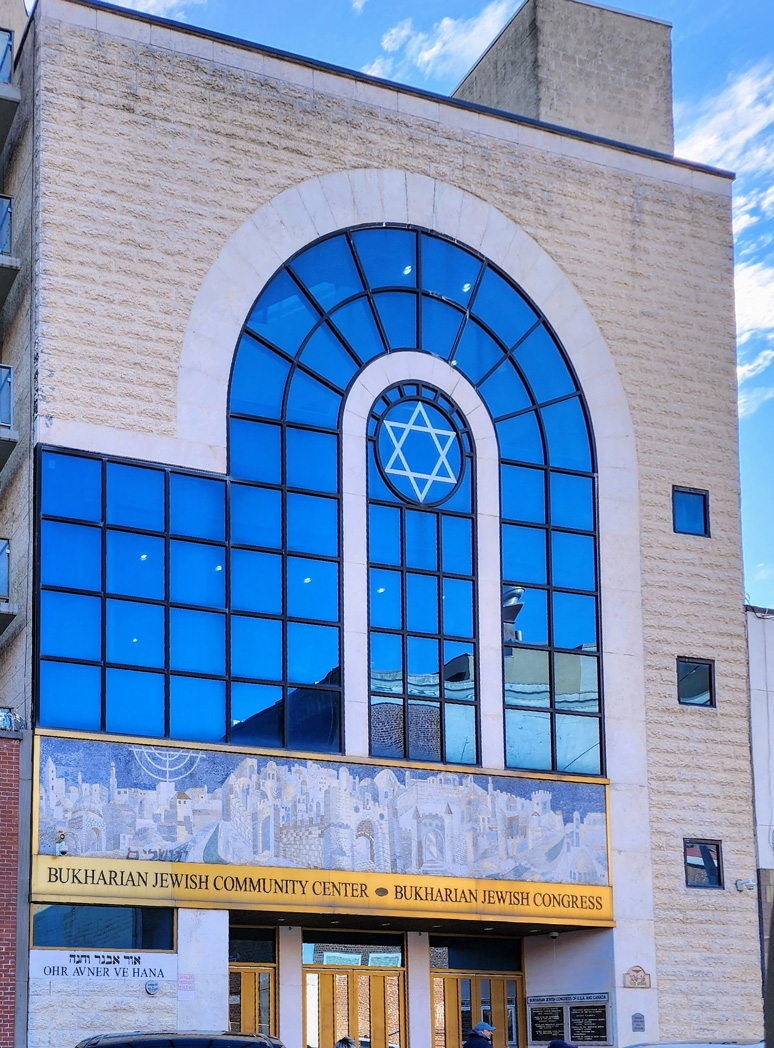
I am grateful to him as well for
introducing me to his brother, Nisim (of blessed memory), publisher of the
newspaper Most. Nisim left a strong impression on me with his modesty,
intellect, and cultured manner. During our conversation, he offered me the
position of editor-in-chief of Most. This suited me perfectly: I had
been in the city for only a month, and I needed to get to know the community’s
leadership. A newspaper was the best way to establish those connections.
Soon, we began publishing a new
magazine titled Shalom Aleichem. It was issued twice a month and quickly
gained wide popularity.
A strong influx of Bukharian Jews
from the former Soviet Union and the challenges of new immigrant life demanded
many urgent solutions. New media outlets appeared: the newspaper Bukharian
Jewish World, the newspaper Most, the magazines Friendship, Hope,
Shalom Aleichem, and Ladies’ World.
At the initiative of the Honored
Artist of Uzbekistan Ilyas Malaev and his wife, the People’s Artist of
Uzbekistan, Mukhabbat Shamaeva, the ensemble Shashmaqom was founded.
I must also highlight the great work
of Boris Efraimovich Kandov. During his twenty-six years as president of the
Congress of Bukharian Jews of the U.S. and Canada, under his leadership, a
magnificent Center of Bukharian Jews was built, numerous books and brochures
were published, and strong ties were established with the leaders of
Uzbekistan, its governors, and municipal authorities. His modesty and humanity
always commanded respect. He demonstrated remarkable organizational talent in
establishing communities in those states where Bukharian Jews settled in
significant numbers.
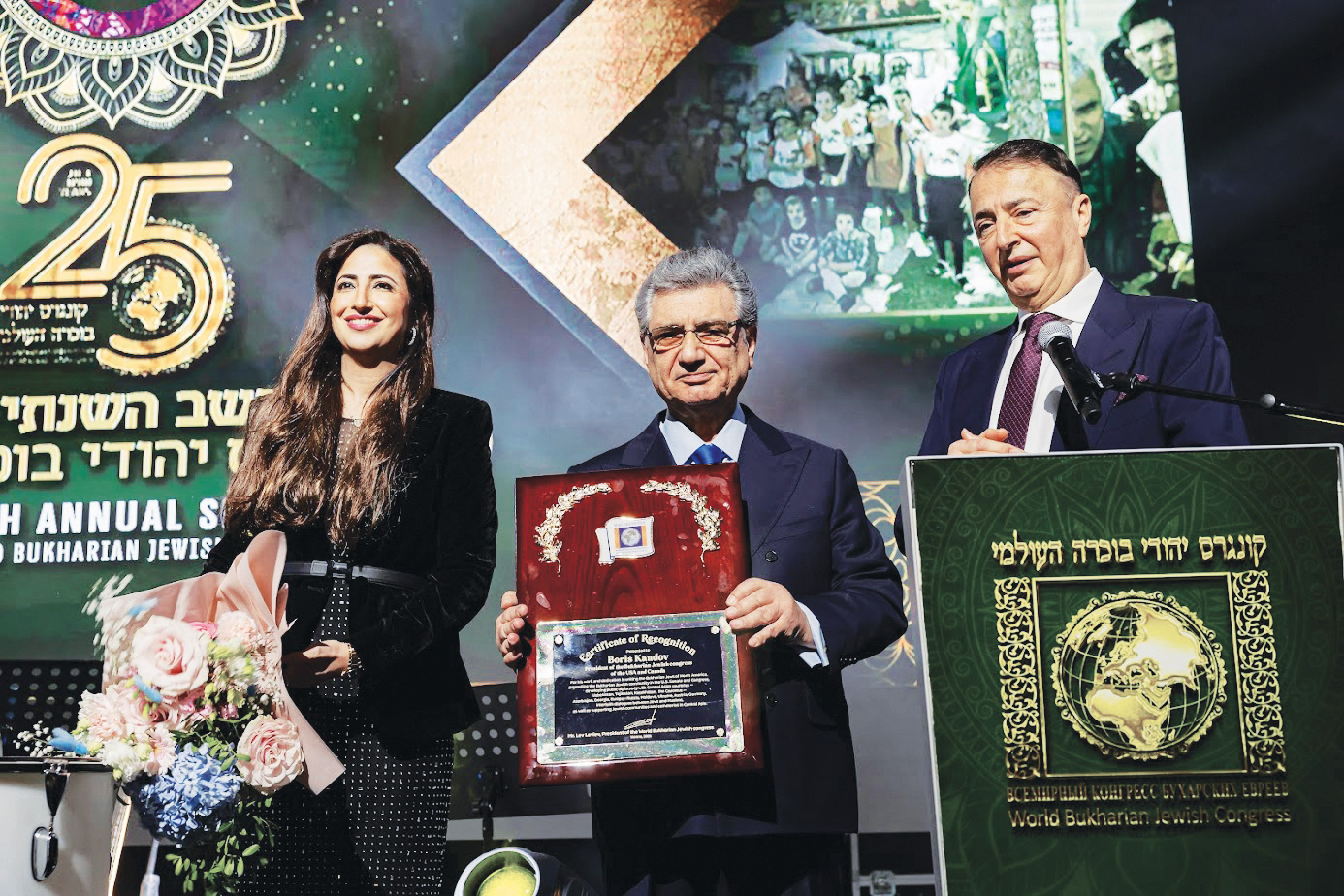 I am proud of my friendship with Dr.
Robert Abramovich Pinkhasov, president of the Roshnoi Club. At his
initiative, a census of Bukharian Jews was conducted. His vast erudition, his
determination in the search for truth, and his enormous organizational and
scholarly work on the history of Bukharian Jews are unparalleled. He has
published nearly a hundred books and volumes. Robert Abramovich is a living
legend. The scholarly sessions of his club, book presentations, and anniversary
celebrations inspire both pride and admiration. His work is equivalent to the
labor of a large collective of scholars. With his daily efforts, he performs a
true civic feat—honor and glory to him. Robert Abramovich has also played a
key role in organizing several theaters, including the Renaissance
Theater and Bukhara on the Hudson.
I am proud of my friendship with Dr.
Robert Abramovich Pinkhasov, president of the Roshnoi Club. At his
initiative, a census of Bukharian Jews was conducted. His vast erudition, his
determination in the search for truth, and his enormous organizational and
scholarly work on the history of Bukharian Jews are unparalleled. He has
published nearly a hundred books and volumes. Robert Abramovich is a living
legend. The scholarly sessions of his club, book presentations, and anniversary
celebrations inspire both pride and admiration. His work is equivalent to the
labor of a large collective of scholars. With his daily efforts, he performs a
true civic feat—honor and glory to him. Robert Abramovich has also played a
key role in organizing several theaters, including the Renaissance
Theater and Bukhara on the Hudson.
I want to especially note the tremendous and fruitful work of Rafael Nektalov, editor-in-chief of The Bukharian Times. I am struck by his extraordinary organizational activity, his speed in delivering news, his mobility, and his tireless energy. With his drive, he inspires and unites people wherever they live. He has traveled across every region of Uzbekistan, meeting with city and district governors to involve them in the restoration and upkeep of Bukharian Jewish cemeteries.
I also wish to express my gratitude
to the People’s Artist of Uzbekistan, Ezra Malakov, for his significant work in
creating an academy of young cantors in New York.
Praise is also due to Valera Alayev
and Isakharov. Thanks to their efforts, the Bukharian Jewish cemetery in
Samarkand, after reconstruction, became one of the finest in the republic.
People come there from across the country and abroad to visit the graves of
their loved ones, and they express gratitude and admiration for Valera Alayev,
coordinator of Bukharian Jews in Samarkand, and Isakharov, the cemetery
director.
It is also heartening that the new
younger generation is following the path of their ancestors, the path of
goodness. For example, Marik Kalantarov, a descendant of Moshe Kalantarov, is
leaving a profound legacy of kindness in the life of our Bukharian Jewish
community.
And, of course, special words of
gratitude must be given to Dr. Zoya Maksumova—president of the women’s
organization Ester-a-Malka and the irreplaceable editor-in-chief and
inspiration behind Ladies’ World magazine. She continues to amaze me
with her many talents. Despite her professional commitments, for more than a
quarter of a century, this publication has, under her leadership, remained a
mirror of our community’s life and a reliable platform for supporting women.
Thanks to her initiatives, the magazine has launched projects that, over time,
became true traditions: the Woman of the Year and Person of the Year
awards and Outstanding Mother, honoring mothers of large families. These
initiatives not only celebrated the names of worthy women but also elevated the
status of Bukharian Jewish women, showcasing their strength, beauty, and
importance for both family and society.
Dr. Zoya transformed Ladies’ World into more than just a magazine. It became a symbol of recognition and respect, a voice that has united, inspired, and strengthened our community for 25 years.
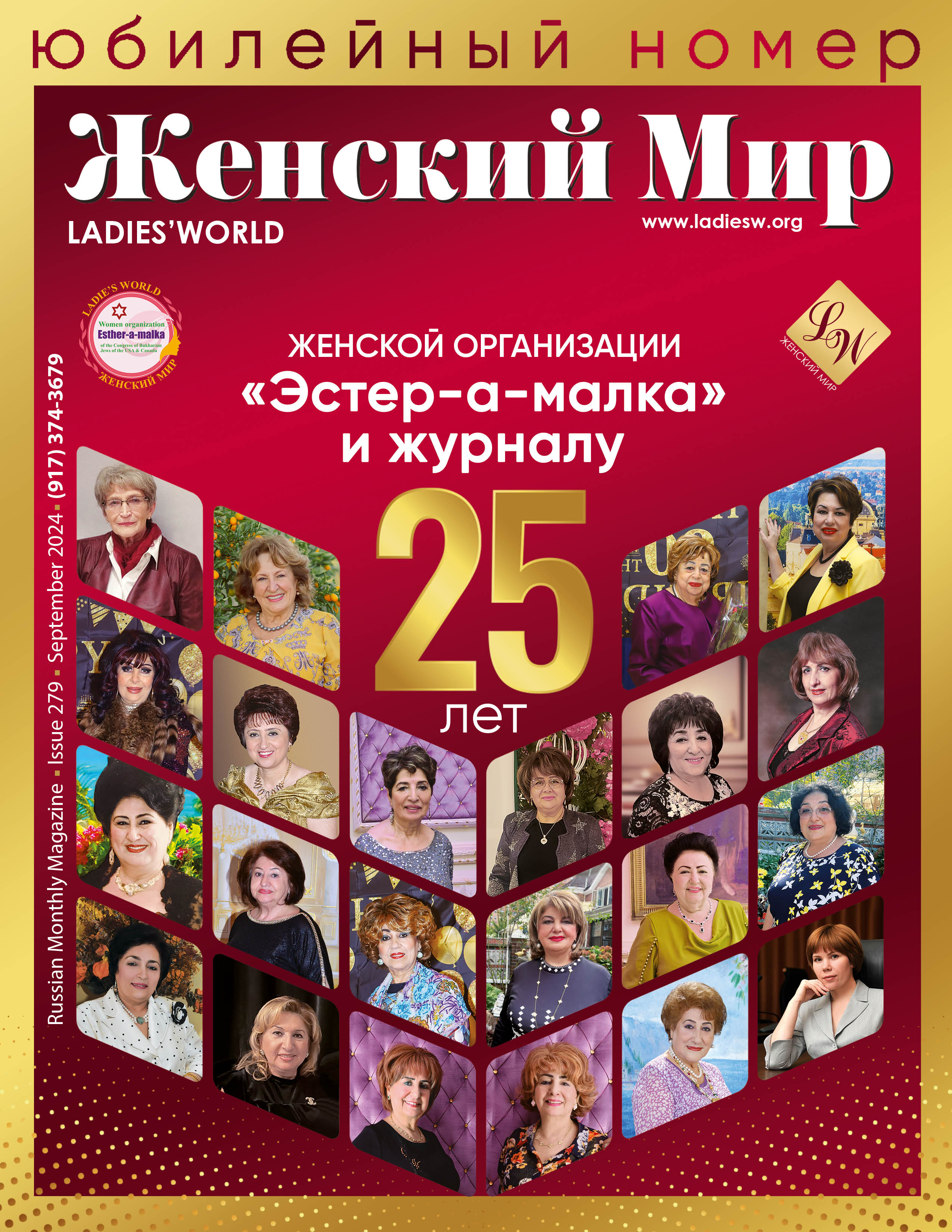 I am happy that this year I joined the magazine as a regular
contributor, writing articles and eagerly reading each new publication. With every
issue, I more deeply realize that Ladies’ World is not just a
periodical—it is a living chronicle of our community. I admire how profoundly
and skillfully it reflects communal life, how many bright personalities it has
introduced, and how many vital topics it has raised. I feel as though I have
fallen in love with Ladies’ World all over again—and now I understand
why it has become so dear to thousands of our readers.
I am happy that this year I joined the magazine as a regular
contributor, writing articles and eagerly reading each new publication. With every
issue, I more deeply realize that Ladies’ World is not just a
periodical—it is a living chronicle of our community. I admire how profoundly
and skillfully it reflects communal life, how many bright personalities it has
introduced, and how many vital topics it has raised. I feel as though I have
fallen in love with Ladies’ World all over again—and now I understand
why it has become so dear to thousands of our readers.
It is impossible to embrace the
boundless. Yet my heart swells with pride when I think of how many talented
doctors, scientists, lawyers, and programmers New York has nurtured among our
Bukharian Jews. I am especially happy to see our younger generation carrying
the banner of creation and goodness for our people.

